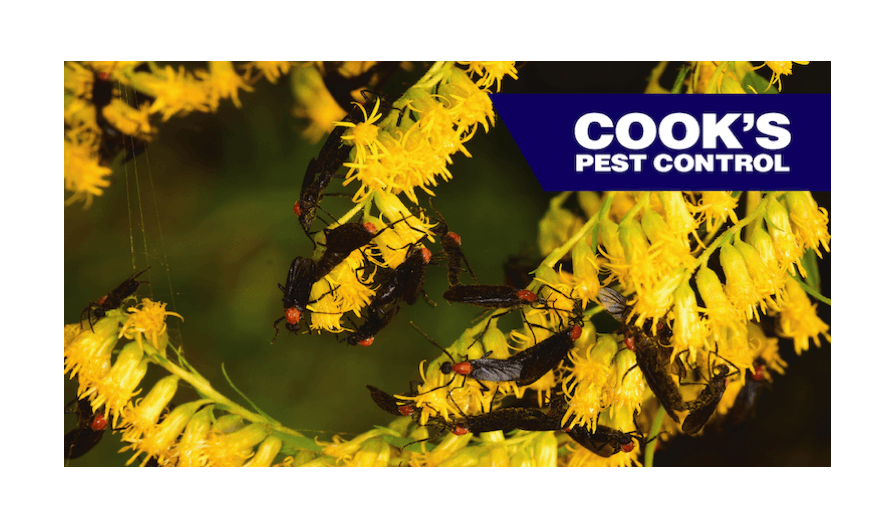Lovebugs: A Science Experiment Gone Wrong?

What happens when scientists genetically engineer a fly and a mosquito in attempts to create an enemy for mosquito larva?? Not sure but it definitely doesn’t create lovebugs. Oddly enough, this has been a widely-held myth for decades. The myth suggested that University of Florida entomologists introduced this species into the Southeast due to a botched experiment.
So Where Did They Come From?
Lovebugs are native to Central America and it is hypothesized that they came to the United States as undiscovered stowaways who arrived by ship in Galveston or New Orleans around 1920. These insects are well established in Costa Rica, Guatemala, Honduras, Mexico, and the southeastern U.S. (Alabama, Florida, Georgia, Louisiana, Mississippi, South Carolina and Texas).
How can we be sure it wasn’t UF entomologists?
If the proven origin of lovebugs isn’t enough to redeem the scientists at the University of Florida, this statement from Philip Koehler, an endowed professor in UF’s entomology department, should help clear things up (clearly spoken tongue in cheek):
“If we’d created them, they would be orange and blue.”
What have lovebugs ever done to you?
Mess up your vehicle’s nice paint job. Cause your engine to overheat. Just to name a couple.
Adult lovebugs can be a major nuisance to motorists since they are attracted to highways and spatter on the hood and windshield of vehicles. Large number of lovebugs can reduce visibility while driving and can also cause overheating of liquid-cooled engines by clogging radiators. Automobile paint can also be etched due to their body fluids being slightly acidic. If spattered remains of lovebugs are allowed to remain on the vehicle for several days, bacterial action increases the acidity and etches in the paint can be severe.
Fortunately, improvements in vehicle paint coatings have made this less of a problem. If you do become plagued by lovebugs, clean your vehicle frequently with warm, soapy water if it is covered in lovebugs. To prevent lovebugs from building up, wax your car prior to their mating season as this will make it harder for them to stick to the exterior.
Here’s a couple of quick tips for making your home less attract to breeding females:
Ensure your home/yard are free of any standing water and clear debris from your yard as these items can attract a breeding female to lay its larvae. If you do have a lovebug infestation, whether it’s on your car or in your home, remember that female lovebugs can only live for three to six days, so your infestation will likely die out naturally on its own. However, if you’re not willing to wait the infestation out, please give Cook’s Pest Control a call. Our pest management professionals are thoroughly trained to address your pest problems.
Third-party sources:
Stennett, Desiree. “Lovebugs Debunked: Myths and Tips to Survive the Season.”
Orlando Sentinel. 20 September 2013.
